Filter by
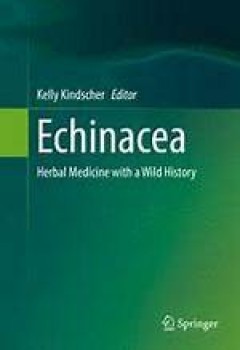
Echinacea
This book provides an in-depth analysis of one the of most popular medicinal plants—Echinacea a species that is native to only the US and Canada. There are nine Echinacea species and several roots and above-ground portions of these showy wildflowers have been used in herbal medicine as an immune stimulant and to reduce one’s chances of catching a cold. Considerable medical research supports…
- Edition
- 1
- ISBN/ISSN
- 978-3-319-18156-1
- Collation
- Kedokteran
- Series Title
- -
- Call Number
- 617
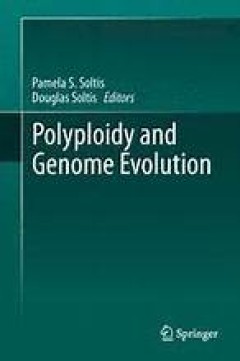
Polyploidy and Genome Evolution
Polyploidy – whole-genome duplication (WGD) – is a fundamental driver of biodiversity with significant consequences for genome structure, organization, and evolution. Once considered a speciation process common only in plants, polyploidy is now recognized to have played a major role in the structure, gene content, and evolution of most eukaryotic genomes. In fact, the diversity of eukaryo…
- Edition
- 1
- ISBN/ISSN
- 2012
- Collation
- Biologi
- Series Title
- -
- Call Number
- 570
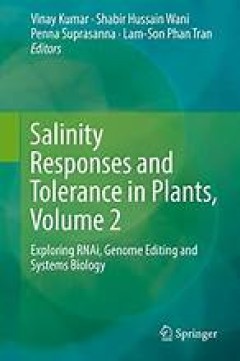
Salinity Responses and Tolerance in Plants, Volume 2
Soil salinity is a key abiotic-stress and poses serious threats to crop yields and quality of produce. Owing to the underlying complexity, conventional breeding programs have met with limited success. Even genetic engineering approaches, via transferring/overexpressing a single ‘direct action gene’ per event did not yield optimal results. Nevertheless, the biotechnological advents in last d…
- Edition
- 1
- ISBN/ISSN
- 978-3-319-90318-7
- Collation
- Kedokteran/ Obat
- Series Title
- -
- Call Number
- 615
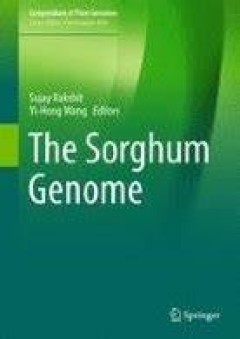
The Sorghum Genome
This book provides insights into the current state of sorghum genomics. It particularly focuses on the tools and strategies employed in genome sequencing and analysis, public and private genomic resources and how all this information is leading to direct outcomes for plant breeders. The advent of affordable whole genome sequencing in combination with existing cereal functional genomics data has…
- Edition
- 1
- ISBN/ISSN
- 978-3-319-47789-3
- Collation
- Kedokteran/ Obat
- Series Title
- -
- Call Number
- 615
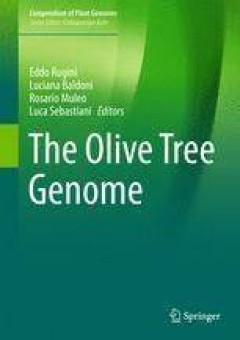
The Olive Tree Genome
This book provides an introduction to the genetics, genomics, and breeding of the olive tree, a multi-functional long-lived crop plant that is relevant not only for culinary olive and oil production, but also for shaping the landscape and history of many rural areas for centuries. Today, the recognized health benefits of extra-virgin olive oil provide new impulses for introducing innovation in …
- Edition
- 1
- ISBN/ISSN
- 978-3-319-48887-5
- Collation
- Biologi
- Series Title
- Compendium of Plant Genomes
- Call Number
- 570
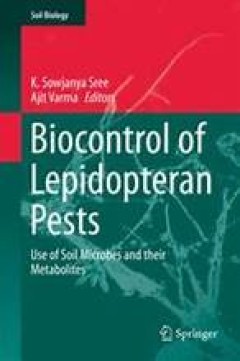
Biocontrol of Lepidopteran Pests
This volume describes the various applications of entomopathogenic soil microorganisms in the management and control of the devastating lepidopteran pest. An introduction describes the insecticidal properties of viruses, bacteria, fungi, nematodes and their metabolites, as well as their applications in the context of crop improvement. Subsequent chapters focus on topics such as insecticidal pro…
- Edition
- 1
- ISBN/ISSN
- 978-3-319-14499-3
- Collation
- Biologi
- Series Title
- Soil Biology
- Call Number
- 570
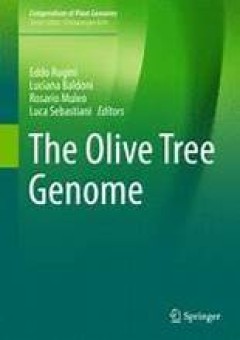
The Olive Tree Genome
This book provides an introduction to the genetics, genomics, and breeding of the olive tree, a multi-functional long-lived crop plant that is relevant not only for culinary olive and oil production, but also for shaping the landscape and history of many rural areas for centuries. Today, the recognized health benefits of extra-virgin olive oil provide new impulses for introducing innovation in …
- Edition
- 1
- ISBN/ISSN
- 978-3-319-48887-5
- Collation
- -
- Series Title
- XI, 193 , 7 b/w illustrations, 35 illustrations in colour
- Call Number
- -
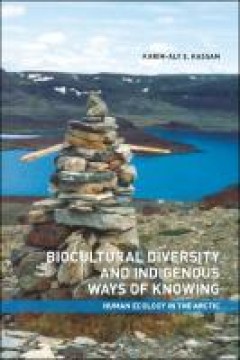
Biocultural Diversity and Indigenous Ways of Knowing: Reframing Human Ecology…
At the dawn of the third millennium, dramatic challenges face human civilization everywhere. Relations between human beings and their environment are in peril, with mounting threats to both biological diversity of life on earth and cultural diversity of human communities. The peoples of the Circumpolar Arctic are at the forefront of these challenges and lead the way in seeking meaningful respon…
- Edition
- Ed. 1
- ISBN/ISSN
- 9781552385661
- Collation
- 288
- Series Title
- Northern Lights
- Call Number
- 581.6 BIO b
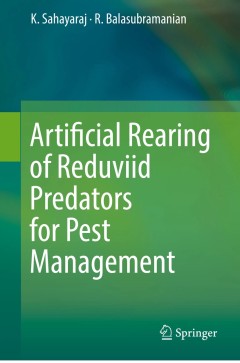
Artificial Rearing of Reduviid Predators for Pest Management
This eye-opening book focuses on the development of techniques to mass-produce reduviid predators and important generalist predators, an endeavor that won’t prove sufficient if the cost of commercialization is prohibitive. Advancing mass production to the level of economic feasibility is critical, so that these new technologies can compete in the open market. This book commences with a rev…
- Edition
- Ed. 1
- ISBN/ISSN
- 978-981-10-2522-8
- Collation
- XVI, 180
- Series Title
- -
- Call Number
- 630 BAL a
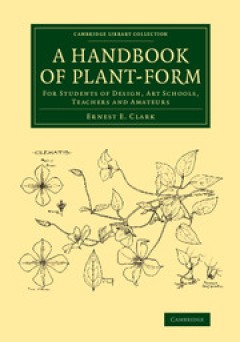
A Handbook of Plant-Form For Students of Design, Art Schools, Teachers and A…
Written and richly illustrated by the Derby-born artist Ernest Ellis Clark (1869–1932), this guide was originally published in 1904 to demonstrate the decorative possibilities of certain plants, mainly English wild flowers, to art students sitting examinations in plant drawing and design. Clark emphasises the importance of retaining a certain amount of botanical accuracy and provides examples…
- Edition
- -
- ISBN/ISSN
- 9781107262225
- Collation
- -
- Series Title
- Cambridge Library Collection - Botany and Horticulture
- Call Number
- -
 Computer Science, Information & General Works
Computer Science, Information & General Works  Philosophy & Psychology
Philosophy & Psychology  Religion
Religion  Social Sciences
Social Sciences  Language
Language  Pure Science
Pure Science  Applied Sciences
Applied Sciences  Art & Recreation
Art & Recreation  Literature
Literature  History & Geography
History & Geography